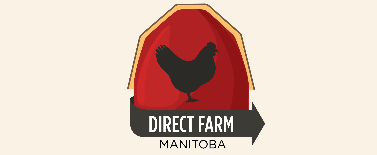Clean Energy Systems
 Wednesday, November 14, 2012 at 8:07PM
Wednesday, November 14, 2012 at 8:07PM In recent weeks we’ve had fire and snow in Manitoba, and ‘super-storm’ Sandy in eastern parts of North America and Canada which have knocked out power supplies to large populations in these areas. Emergency plans focus on restoring power quickly so that everything returns to ‘normal’, but I find myself wondering if there is another way.
As I listened to Dr Daniel Kammen of University of Berkeley talking to CBC’s Nora Young on Spark on Sunday, it was refreshing to hear that those working on energy and resource use are also thinking about alternative systems.
Daniel Kammen’s research areas include distributed clean energy systems – the idea of linking up small scale energy systems in a community to create a micro-grid. Such systems work well to provide energy to developing communities in Africa and Asia, where large-scale systems are unavailable, but here in Canada do we have something to learn?
Could communities increase their resilience and reduce their carbon footprint using a micro-grid? Let’s think about some options for clean energy.
Biomass – burning waste straw, cattails, wood, even refuse to generate heat for schools, community building and more;
Wind – something there is plenty of in Manitoba, and farming can go on round the graceful swooping arms that seem like giant children doing cartwheels across the landscape in large-scale schemes, but could Manitoba communities also use the homeowner versions that are being fixed to individual roofs in Europe?
Solar panels – we get a lot of sun in Manitoba, and there is some hope for homeowners with the latest deal struck between the Manitoba government and Hydro for loans paid through energy bills over the long-term, but could our schools and community and farm buildings collect solar energy too?
Geothermal – an increasingly popular choice that could be used for more new builds individually or in distributed systems for heating and cooling;
Combined heat and power – micro energy systems used in Europe to generate power from the process of providing heat and hot water to domestic systems.
Some of you will have heard of some of these, and even know people using biomass to heat their homes through wood stoves, or have seen solar panels heating hot water, or homes or community buildings that use geothermal heating. Then there are communities that have cut themselves off from the ‘grid’ and make all their own energy, such as the Northern Sun Farm at Sarto. This last one may be a step too far for many people, but the clean options listed here are all real and don’t require any change in use of the power they generate. They are in use in many different places in the world if not in Manitoba. Their more widespread use in combination could reduce the load on the Hydro grid should supplies be restricted and could ensure that in the next power busting snow storm our communities continue to function with some sense of normality.
What would it take to distribute a clean energy system to communities in Manitoba?
Selena Randall



Reader Comments (1)
I think we really need to begin to talk to each other about this, and look for real, realistic solutions. This is a good start.